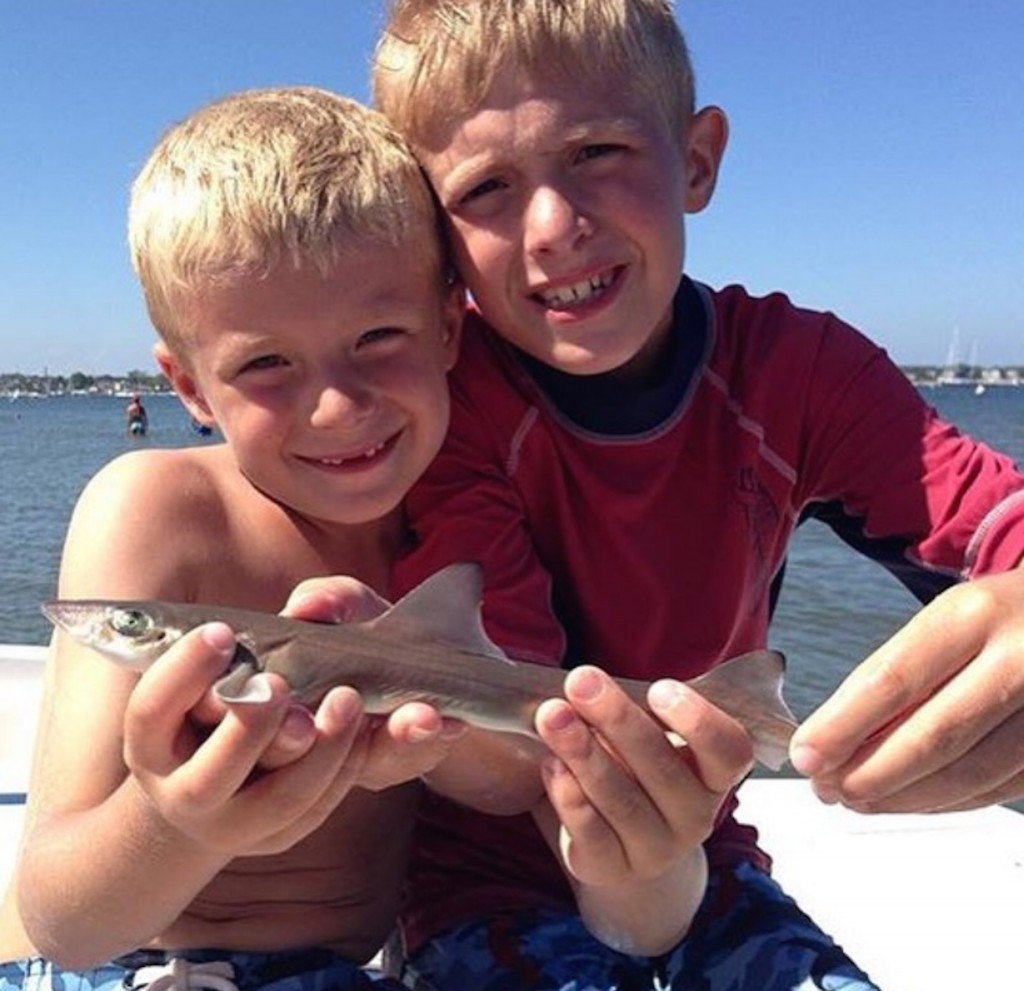Influential Australian newspaper calls for a re-think of the Great White's protected status…
On Saturday morning, and three days before Mick Fanning’s shark theatre at J-Bay, Australia’s only national newspaper (The Australian) ran a sharp, and brave, piece calling for a re-think of the Great White’s protected status.
No one of any sane form goes into bat against an animal that’s been protected since 1998 and has been turned into a cause celebre, an animal with superior rights to, say, the wonderful swordfish or the awe-inspiring tuna.
But Fred Pawle, The Australian‘s surf writer, ain’t afraid of opinion or of a difficult story.
Years back I commissioned Fred to write a piece on Matt Branson, surfing’s first openly gay pro. That story was a finalist in Australia’s most prestigious journalism awards, the Walkleys.
He followed that up with a piece I asked him to write on the once-great Australian surf photographer Paul Sargeant who fell from the heavens when he performed what Fred described as an “unsolicited sexual act” on the writer, Goons of Doom frontman and occasional surf commentator Adam Blakey (Ronnie Blakey is his brother). That piece shook the pro surfing tree.
So, yeah, Fred’ll have a swing.
And on Saturday, he wrote a story that, morsel by morsel, fact by fact, mounts a compelling case for better management of sharks. Fred argues that in the 17 years since the Great White was protected in Australia the number of human casualties have increased dramatically.
Fifteen fatals in Australia since 2010, and 51 bites since 2012 or triple the 50-year average.
“Have great whites — and, for that matter, tigers and bulls, which make up some of the other fatal attackers — reached numbers that may require more diligent management?” Pawle wrote.
Pawle spoke to two leading researches who weren’t exactly thrilled by his angle. One, Barry Bruce of the CSIRO, didn’t reply to his emails. The other, Ryan Kempster, a shark biologist and founder of Support Our Sharks, replied, if cautiously.
Pawle writes: “He (Kempster) said there was ‘no documented evidence that these species (tigers, bulls and whites) are increasing in abundance’. Anecdotally, surfers and fishermen across the country have been reporting that the size and abundance of large sharks are noticeably higher than they’ve been, in some places, for 30 years.”
Pawle spoke to the chairman of the Newcastle Westpac Rescue Helicopter service Cliff Marsh who told him that in January there’d be an ‘explosion’ of Great Whites in the area.
“So why don’t researchers have documented evidence of this?” asks Pawle. “I ask Kempster, but he declines to reply. A scan of the SOS website suggests why. The group is predominantly concerned with protecting the shark’s environment from people. ‘Almost all shark experts feel that the danger presented by sharks has been exaggerated,” the website says.
“The CSIRO’s website is even more sympathetic. When Newcastle beaches were closed for 10 days in January, the CSIRO’s website described the media’s response as a ‘frenzy’.”
Three weeks later, and just a one hour’s flight north, a Japanese surfer was attacked and killed by a Great White.
Pawle writes: “Has admiration of large sharks gone too far? Yes, they play a role in maintaining ecological ‘balance’ in the ocean. But these days we see them commonly described as beautiful, mysterious and majestic. Two arguments are routinely put forward whenever a person is killed or injured by a large shark: first, the victim entered the shark’s territory; second, the statistics of an attack are almost invisibly low compared with, say, a fatal attack by a malaria-bearing mosquito, which kills more than a million people a year. These two responses are more connected than they seem. Large sharks are described as ‘apex predators’, a jargonistic term that means they sit at the top of the food chain.
“This was not always true. Until a mere 2.6 million years ago, 20m-long megalodons ate Great Whites for breakfast. Neither is it true today. Since the demise of the megalodon, another species has developed tools that significantly reduce the odds in its favour. These tools are available at most fishing and diving shops.
“…People who wish to manage their own environment — even for recreational purposes such as swimming, surfing and diving — are not automatically on the wrong side. If you oppose culling, that’s fine. Knock yourself out. Go swimming with them if you like. But spare me the faux sympathy next time someone is killed. These deaths are not necessary.”







